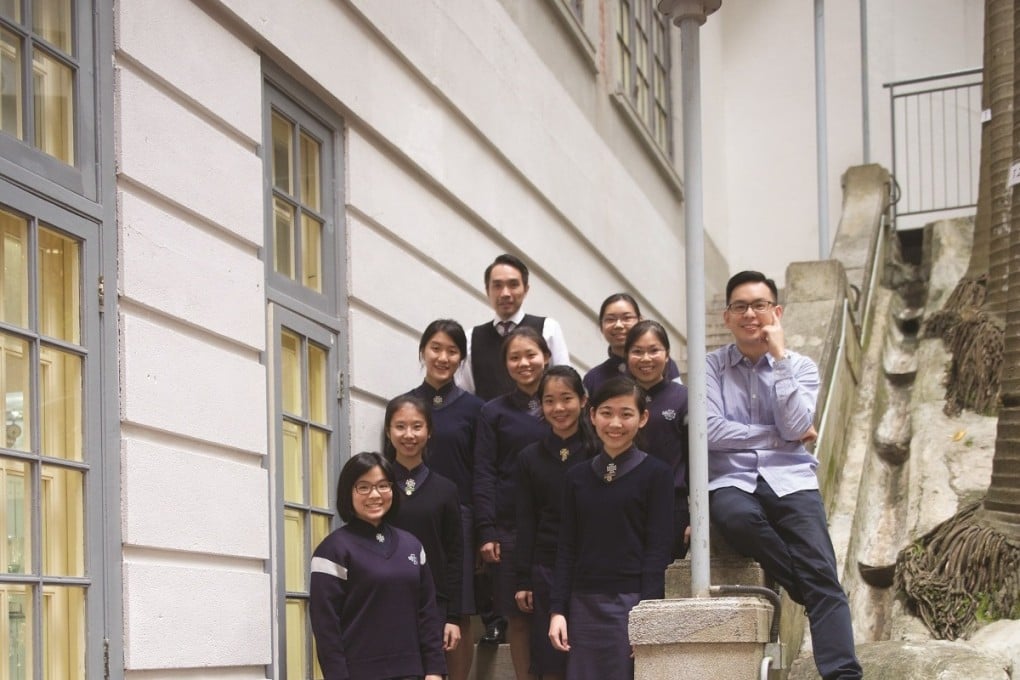Crossing the streams
More local schools are starting to offer the IB Diploma along with the DSE.

The International Baccalaureate Diploma Program (IBDP) has become the most prominent educational system for Hong Kong’s international secondary schools. A majority of schools, including all those in the English Schools Foundation association, now offer the IBDP to graduating students.
Recently, several local schools under the Direct Subsidy Scheme (DSS) also started offering the programme. These schools recognise the benefits and opportunities of a modern, globally renowned curriculum like that of the IBDP. It may not be long before more local schools follow suit.
St Paul’s Co-educational College (SPCC) was one of the first DSS schools to adopt the IBDP, after it became an IB world school in 2011. Ever since SPCC had its first cohort of IB graduates in 2013, the college has consistently produced some of the best results in the city. The class of 2016 graduated with a stellar average score of 40.8 out of 45, compared to the global average of 30.1.
Like all local secondary schools, SPCC also offers the Hong Kong Diploma of Secondary Education (DSE) curriculum. Students at SPCC can choose the programme that suits them best.
“We offer DSE and IBDP in parallel,” says Anissa Chan, principal of SPCC. “We believe this arrangement enables us to better cater to our diverse student body, which encompasses a broad array of talents and interests, and different learning styles.”
